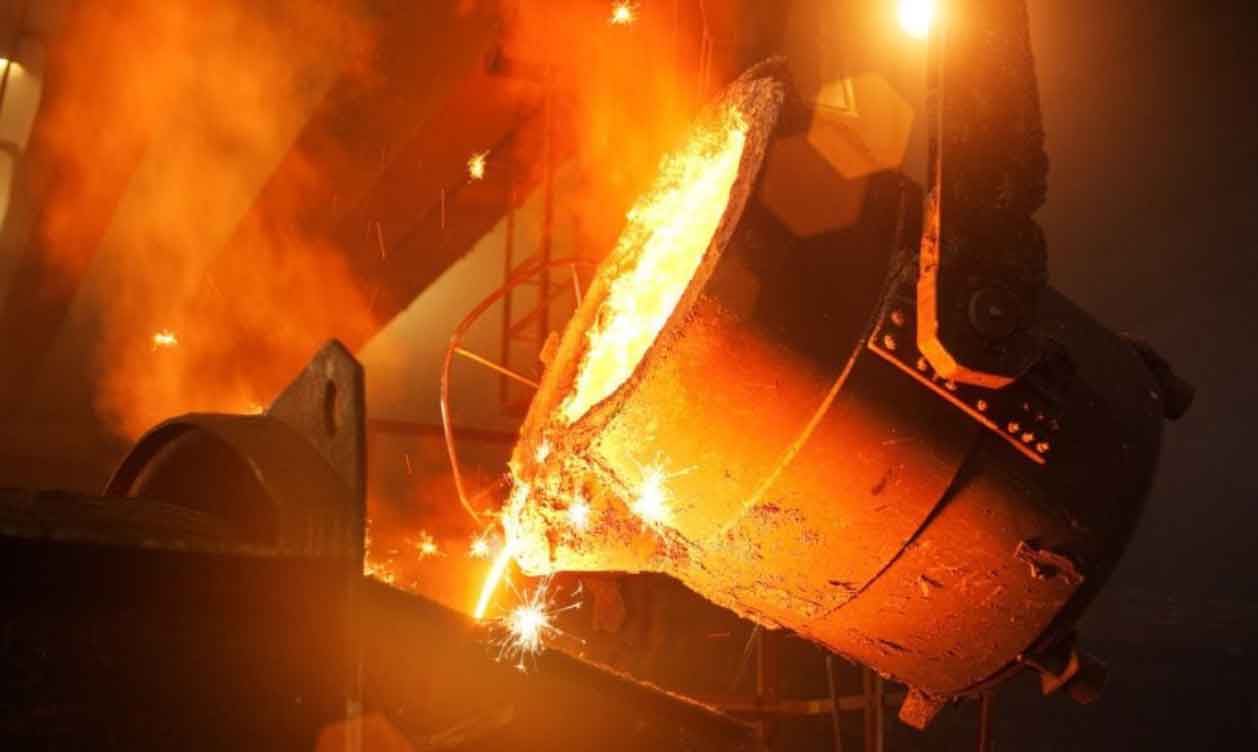
Steel casting plays a significant role in driving innovation and ensuring reliability in the automotive and aerospace industries. The unique properties of steel, combined with the versatility and precision of the casting process, make it an ideal choice for critical components in these sectors. Here’s how steel casting contributes to innovation and reliability in the automotive and aerospace industries:
Automotive Industry:
- Engine Components: Steel castings are used for engine components such as cylinder blocks, cylinder heads, crankshafts, and connecting rods. Steel’s high strength, heat resistance, and wear resistance make it well-suited for the demanding conditions and performance requirements of automotive engines.
- Safety Systems: Steel castings are crucial for the manufacturing of safety-related components such as brake calipers, suspension components, and steering knuckles. These castings provide the strength and reliability required to ensure the safety and stability of vehicles, contributing to enhanced driver and passenger protection.
- Transmission and Drivetrain: Steel castings are utilized in the production of transmission housings, gearboxes, and differential cases. These castings provide the necessary strength and durability to withstand the torque and stress in automotive drivetrain systems, ensuring smooth power transmission and reliable performance.
- Chassis Components: Steel castings find application in various chassis components, including control arms, wheel hubs, and subframe structures. Steel’s high strength, stiffness, and impact resistance contribute to the structural integrity and stability of the vehicle chassis, enhancing overall safety and durability.
Aerospace Industry:
- Gas Turbine Components: Steel castings are extensively used in the aerospace industry for gas turbine components such as turbine blades, vanes, and casings. The high temperature and mechanical stress resistance of steel make it a preferred choice for these critical components, ensuring efficient and reliable performance in jet engines.
- Landing Gear Systems: Steel castings play a crucial role in the manufacturing of landing gear components, including landing gear beams, trunnions, and brackets. The high strength and fatigue resistance of steel castings ensure the structural integrity and durability of landing gear systems, contributing to safe aircraft operations.
- Structural Components: Steel castings are utilized for structural components in aircraft, such as wing fittings, engine mounts, and fuselage frames. Steel’s strength, toughness, and corrosion resistance make it suitable for withstanding the demanding operational conditions and loads experienced by aircraft structures, ensuring long-term reliability.
- Aircraft Propellers: Steel castings are employed in the production of aircraft propellers, providing the necessary strength, stiffness, and dimensional accuracy required for efficient propulsion. Steel’s resistance to fatigue and corrosion ensures reliable performance of propellers, contributing to the overall efficiency and safety of aircraft.
In both industries, steel casting enables the production of complex and precisely shaped components that would be challenging to manufacture using other methods. The ability to create intricate designs and achieve tight tolerances enhances innovation and allows for optimization of component performance.
Moreover, steel casting’s ability to provide reliable, high-strength components contributes to the overall reliability and safety of automotive and aerospace systems. The properties of steel, combined with advanced casting techniques, ensure that components can withstand extreme conditions, resist wear, and maintain their performance over extended periods.
Overall, steel casting plays a vital role in driving innovation and ensuring the reliability of critical components in the automotive and aerospace industries, contributing to the advancement of these sectors and the safety of vehicles and aircraft.
